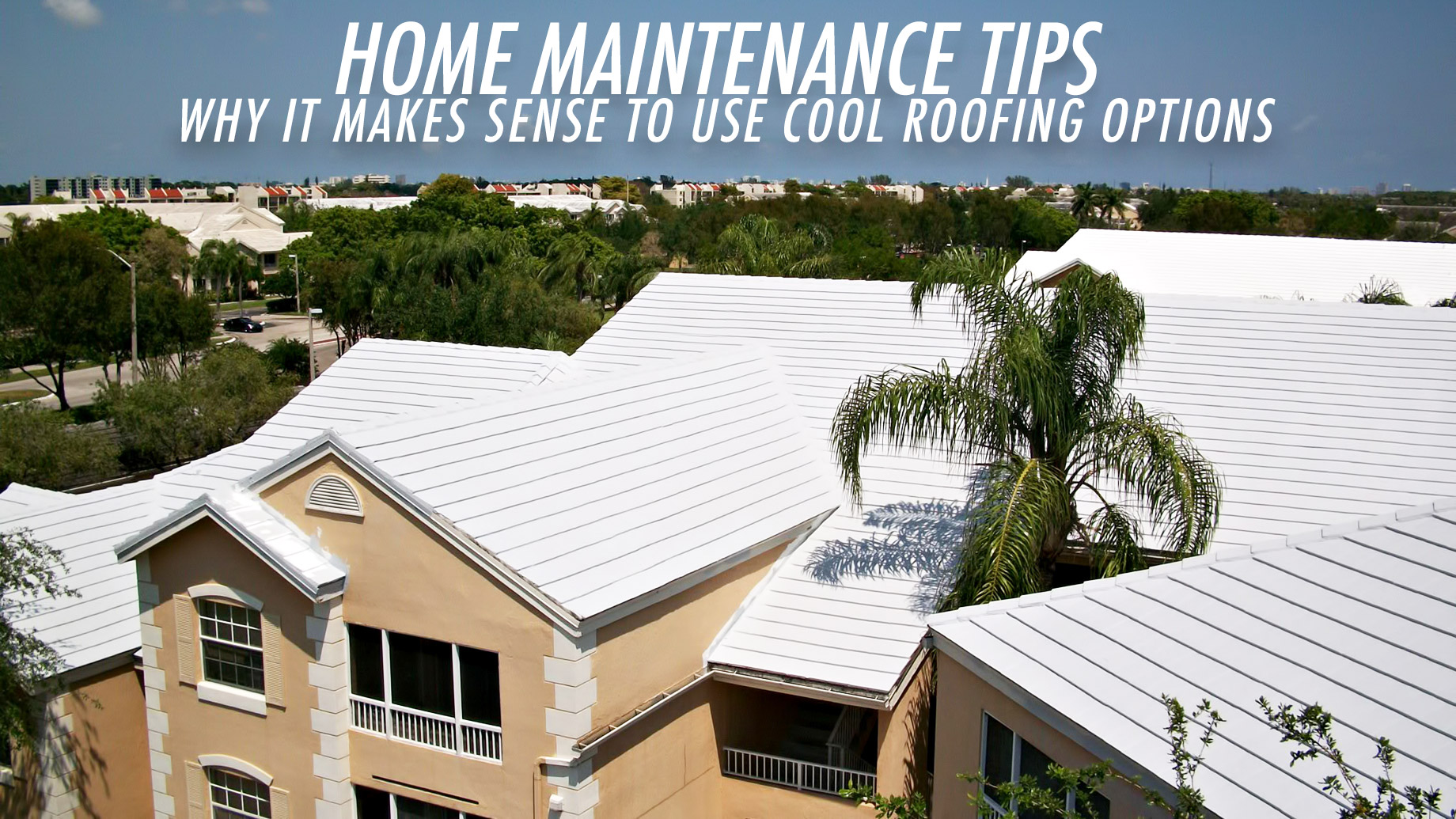
If you live in a hot climate area, summer can be a grueling exercise of trying to your home interior comfortable with air conditioning while balancing the increased electricity cost within your budget. A great option to consider is applying some simply cool roof technology principles to the problem of keeping your homes interior comfortable without always keeping the air containing on high. The technology of cool roofs is simple and relies on creating a roof surface that has a high capability of reflecting sunlight to ensure that the least amount of heat passes into the roof. Therefore, the roof materials absorb and transmit less heat than traditional ones.
The roofing experts at Anchor Minnetonka recommend the use of special paints with high reflective properties on the roof surface, whether it is shingles or tiles, and in some cases, a special covering with a sheet of high reflective properties. Traditional roofs can get extremely hot during peak summer conditions, and since most of the heat passes through the roof material, that heat transfers to a home’s interior.
The benefit of cool roofing
Cool roofing keeps homes cooler in a natural way because the reflective property of the roof surface bounces off solar energy, thereby keeping a structures interior cooler and less effected by the outside temperature. The load on air conditioning goes down, which saves energy and cost. Cool roofs are especially helpful in keeping areas of homes that do not have air conditioning like garages and patios more temperate. Lowering the use of air conditioning lowers overall environmental pollution and also leads to the conservation of natural resources. Cool roofs can also increase roof life.
Converting to a cool roof
Whether the roof is old or new, the most often used technique of converting it into a cool roof is to simply apply a suitable reflective coating on it. White pigments have high reflective properties and are often the material of choice for cool roofs. The coating, when applied on the roof surface, provides a thicker layer than paint and capable of reflecting solar energy to help keep the roof temperature lower. Some coatings are also suitable for applying on many different types of roof surface to protects it from harmful UV rays. Other coatings also have water-resisting properties that prevent corrosion and other chemical damage that can be destructive to a roof surface.